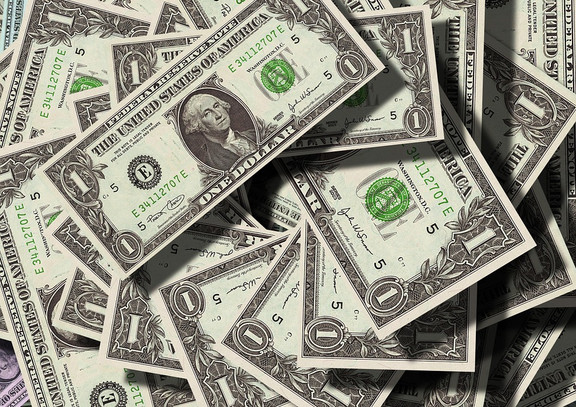Quantitative Easing, or QE for short, has been frequently talked about in recent history. Introduced as a way to incentivize economic stability and growth after the 2008 financial crisis, QE has become the centerpiece of most major central banks in the world
The way in which this monetary policy tool works is by purchasing public and private securities to introduce more currency into the economy which in turn should help to revive the economy and support financial markets.
Theoretically, lending and investment would be incentivized to grow, and that will get the overall economy of a given nation in good shape again.
The effect of Quantitative Easing on the currency’s value is negative (currency depreciates). The logic is simple - more quantity of the currency by definition weakens that currency - more supply leads to lower prices.
As liquid as water
The name of the game central banks are playing is liquidity. By becoming the large purchaser of debt, central banks provide a vast sum of capital to the market. More circulating currency means interest rates go down across the board since there is now more available cash to lend. That, in turn, gives banks an extra incentive to lend.
Moreover, this is especially important when interest rates are already near zero, and there is still not enough liquidity in the market.
So, to sum it up, central banks created new money in difficult times to stop larger calamities from happening and to bring economic growth to normal levels. But, this new tool in their arsenal has blurred the line between monetary and fiscal policy.
After all, what is the difference between fiscal regulation to control deficit spending and a central bank holding long-term bonds? Not much. Both can be used to achieve the same goal. Ergo, in the eyes of the market, the difference is that one comes from regulation and the other is already built-in thanks to monetary policy.
Cash in, cash now, but beware for cash all
For many investors, this all sounds too good to be true. The great concern is that the short term benefits of QE may not produce sustainable economic growth and furthermore, In the long-run, so much QE devalues a currency. That means that, while exporters rejoice with a higher demand for their goods, importers will see their cost increase.
These costs will be passed to consumers, which in turn will increase the CPI inflation rate and signal to the central bank that inflation is starting to rise to levels it might no longer find acceptable.
And, if the economy has not picked up by the time this is happening, then a country may experience a terrible economic state known as stagflation.
In conclusion, QE is an innovative tool that central banks created to deal with the 2008 financial crisis. In the short-term, it provided a big boon for investors, but, as the years passed, it's been slowly eroding the valuation of the nations’ currencies that implemented this policy.
However, little effects have been felt in the Forex market thus far as only central banks of major economies - such as USD, CAD, GBP, EUR, and AUD - undertook QE measures. These currencies have remained relatively stable for now, but many traders still view this monetary experiment with a great degree of caution.





